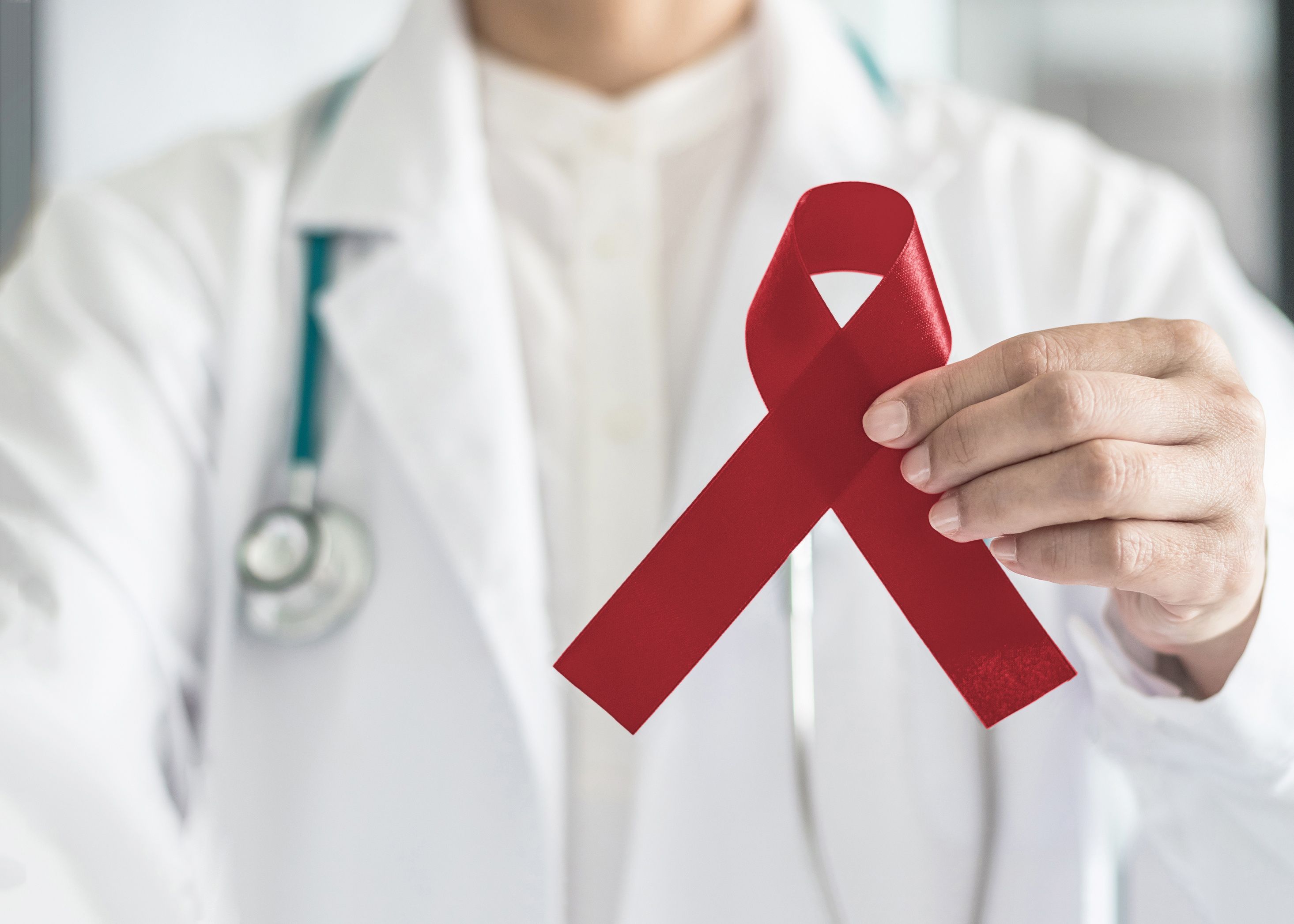Video
Monitoring for Treatment Complications in Patients With Hemophilia A
An array of complications may arise associated with treatment of hemophilia A.
Atta Chowdhry, RPh: Soswitching therapy, usually, there has to be a clinical reason to switch a therapy from 1 product to another product. Either your bleeds are not being controlled well through that product or, specifically, out of convenience because it's a chronic disease. So, most of these patients end up taking these medications every day, every other day, depending on the severity of the disease.
What kind of bleeding incidents are happening at that point in their life? So, if the 1 product is not working for that patient, then the first incidence that physician is trying to work on is either they adjust the dose or frequency of the dose in order to continue the patient on that product because a lot of times there was a school of thought that if you switch products too much between 1 product and another product that it can cause inhibitors. So, they encouraged the patients to stick with 1 product, but if that product is not controlling their bleeds then definitely the physician needs to look at other alternative therapies.
The potential for the emerging gene therapy is that if it is what is promised, if it turned out to be that the cure or having that factor level higher than 20% in those patients, then it would be a great game-changer, but there are a lot of questions are out there. For instance, the inflammation of the liver and how long the patient needs to be on the steroid therapy; the second thing is the efficacy, how long the therapy will last. So, there are a lot of unknown questions, but if it turned out to be everything that has been promised for the gene therapy that's supposed to deliver, then it will be a game-changer in the hemophilia space.
To factor in the patient's preference is key, but as a pharmacy, we never dictate the product choice to the patients. We are here to provide information on the choice. Picking the product is usually between the physician through the treatment center and the hematologist and the patient. So, they can discuss, and the hematologist can guide the patient and the treatment center depending on a lot of different factors. So, whenever my patients are asking for a different product, and if it's a factor product, I will ask for the PK [pharmacokinetic] study. I will ask them to go out and get the labs done to know what their factor level will be when the trough is there. That's what the key is because most of the bleeds happened in these patients when they trough and when their factor levels go below 3%. That's where the chances of bleeds are significantly higher.
Transcript edited for clarity.
Newsletter
Stay informed on drug updates, treatment guidelines, and pharmacy practice trends—subscribe to Pharmacy Times for weekly clinical insights.






